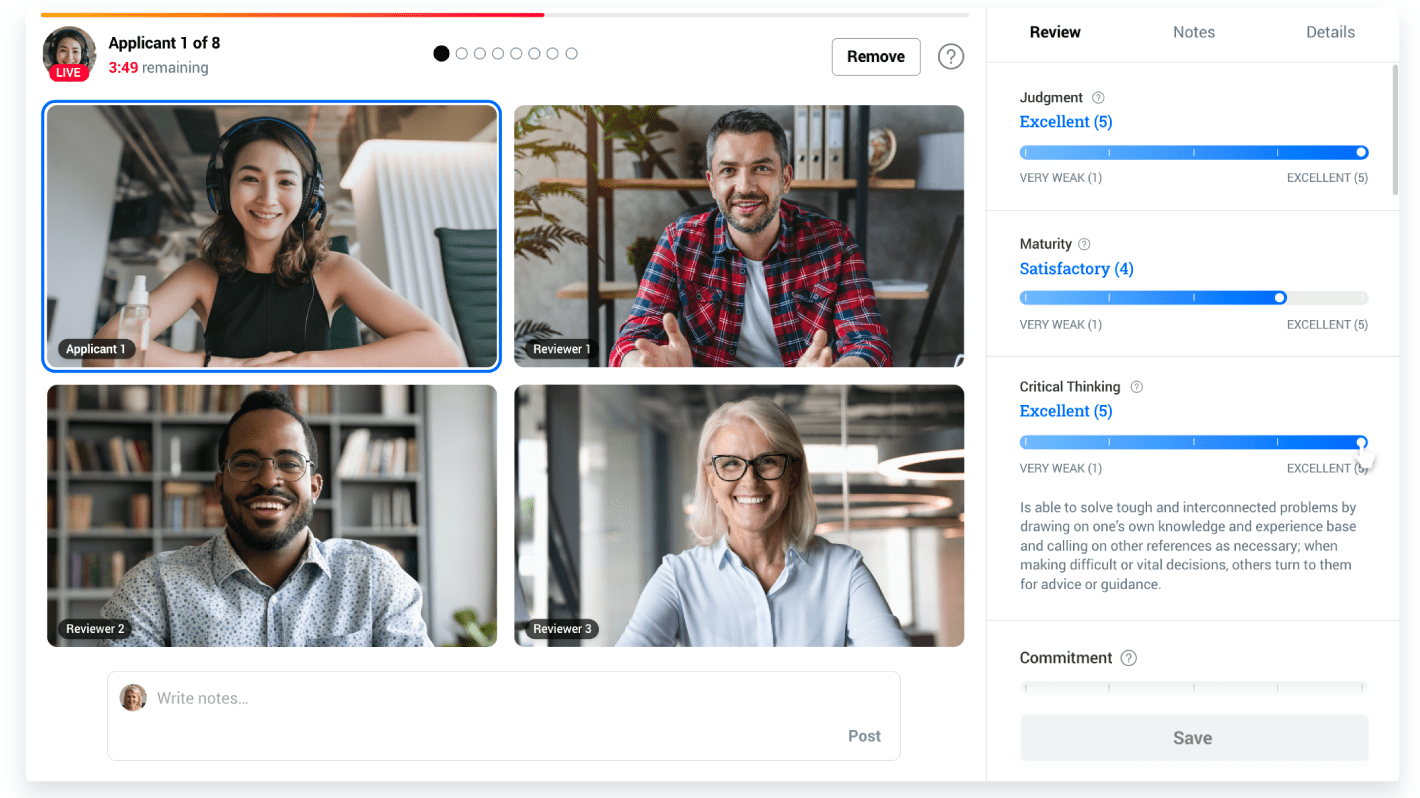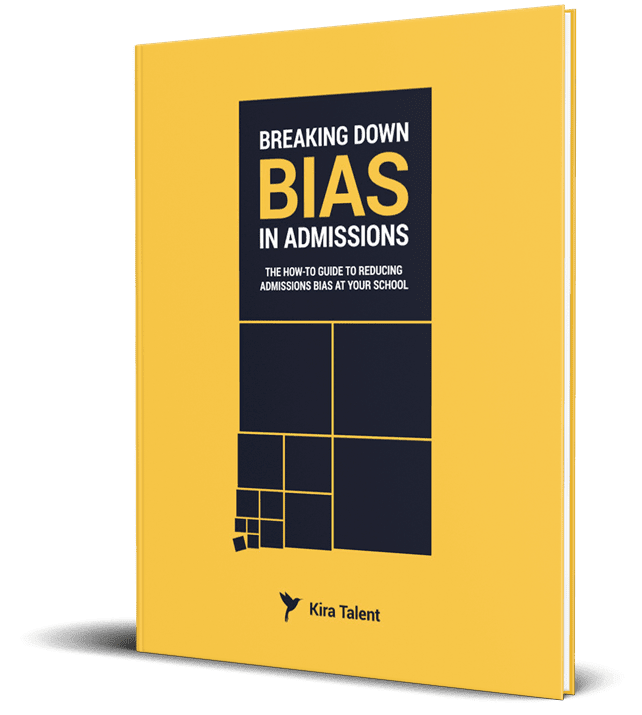At Kira Talent, we’re heading rapidly down a path of releasing the industry’s first, truly holistic admissions management software.
We’re exploring machine learning as we charge towards making higher education admissions “smarter.”
Higher education is an industry craving transformation. As machine learning and AI are tossed freely around in tech, like “cloud-based” and “mobile-first” were less than a decade ago, it's important to understand what organizations mean when they use these terms.
When we hear these terms, we might think of the Terminator, Blade Runner, or the Matrix. We might have images of automation, our jobs being replaced, or robots that roam around freely in the streets.
But the reality is far less scary.
There is a difference between machine learning and artificial general intelligence (AGI) AKA the robots that roam around freely performing any intellectual task that a human can do. We are many years if not decades away from that.
However, whether you know it or not, your current day-to-day life is already augmented by machine learning. You just might not see it or know where to look.
Think of how Amazon seems to predict what you want to buy. Think of how Facebook can already predict which of your friends or family is in a photo and don’t even get me started on Netflix.
When fed with an incredible amount of data about you, or people like you, machine learning algorithms begin to identify patterns through actions and make predictions on future actions.
Data scientists and software engineers develop these machine learning algorithms and then can feed their algorithms all of this data to process. Software programs you use every day can be “trained” or “taught” to new ways to present and analyze data - much like methods, you might use as part of a team when sorting all the information you have on hand before coming to a conclusion. The insights machine learning serves up help superpower the solutions we rely on with predictive knowledge.
Hence, the term “machine learning."

Next, let’s address this other word we hear (and say) a lot, smarter:
What’s most incredible about machine learning algorithms is that they never stop learning. Constantly evaluating patterns in the data they’ve been fed and re-assessing the prior insights they’ve served up based on outcomes, they become “smarter” over time and (unlike many of us) they learn from their mistakes and improve accordingly.
An everyday example of feedback loops that machine learning is already powering is the predictive text feature of our smartphones.
When you first get a new device, you may fumble with the touchpad, having to teach it the names of your friends or colleagues, school and other acronyms you use all the time... but, over time, you notice your phone generating phrases, terms, or names you often use in relation to the other words you’re typing.
Safe to say, machine learning presents an extraordinary opportunity for every industry and most industries have already adopted new machine learning powered technologies.
Now that you understand a bit more about machine learning, jump to Part II to discover all the ways machine learning will transform higher education over the next 5-10 years.



